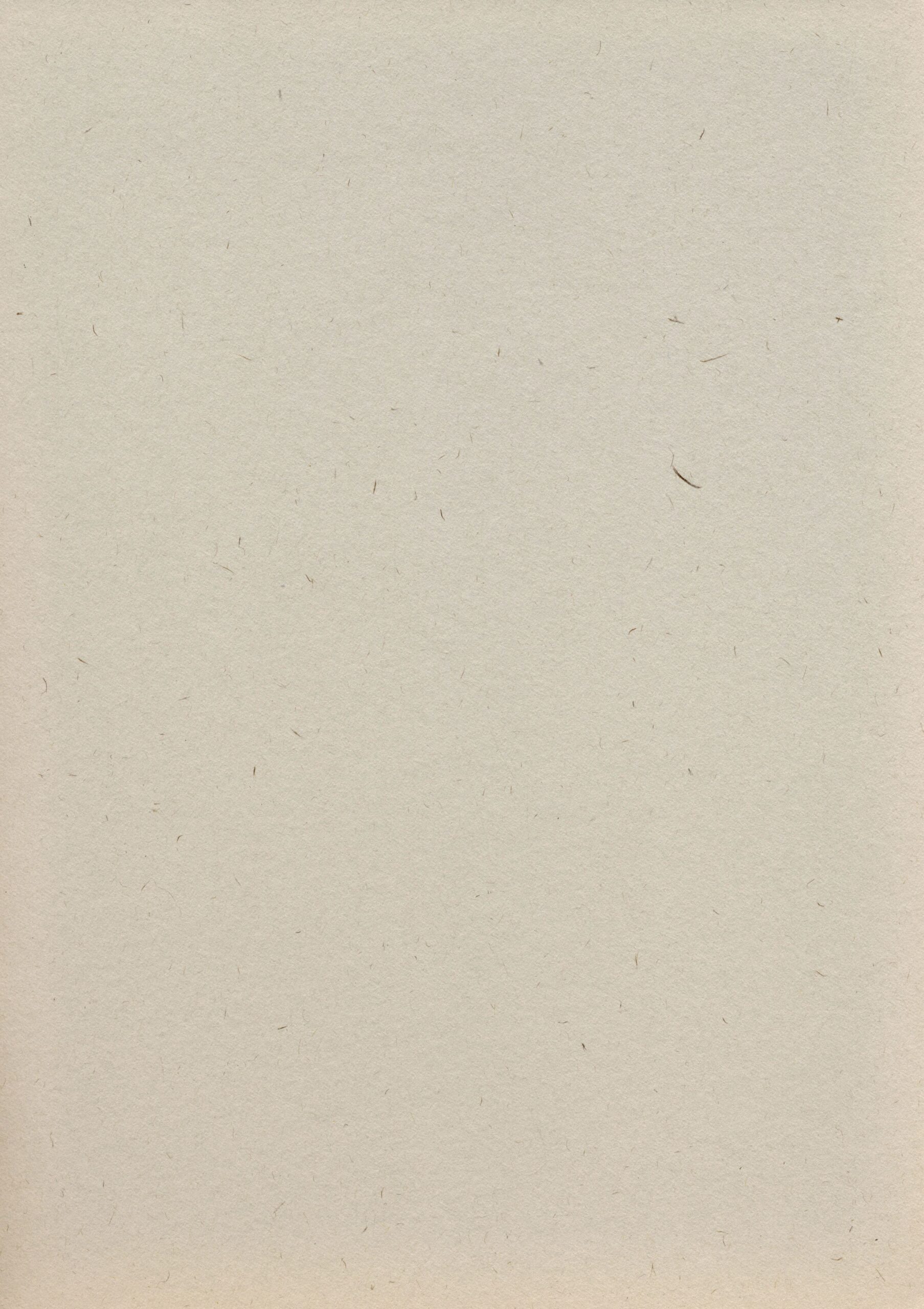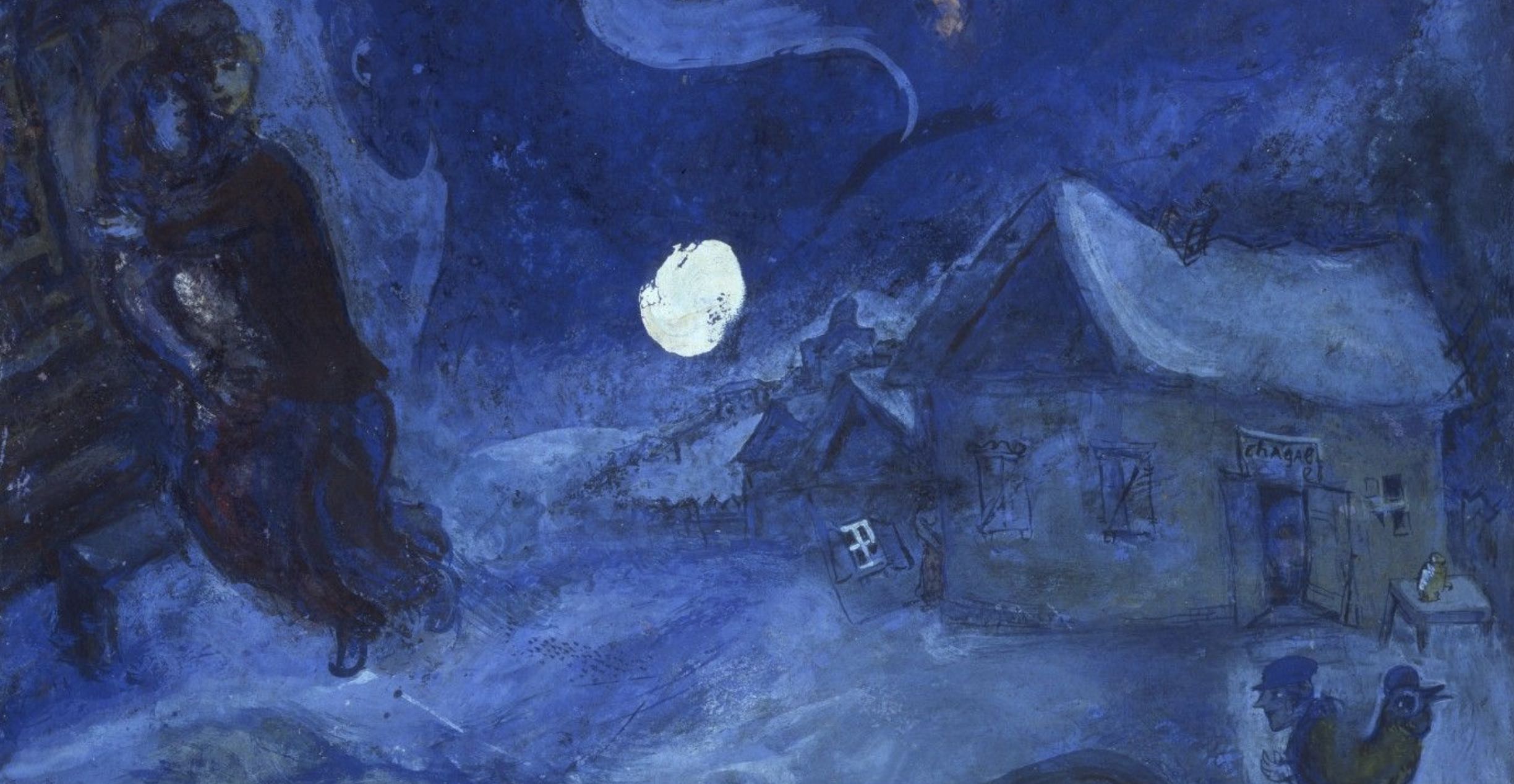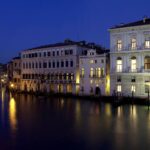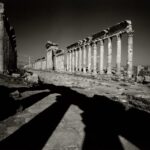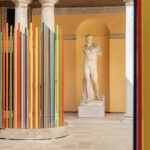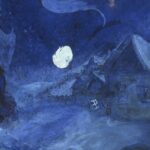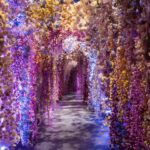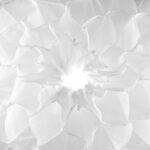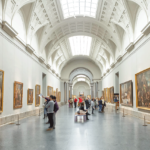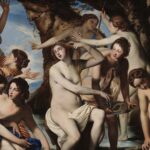Venice is a city that boasts a diverse range of museums, galleries and art exhibitions that attract visitors from all over the world. Among the most important museums in the city, there is the Guggenheim which houses some of the most significant artworks of the twentieth century, including The Rain by Marc Chagall.
Today we delve into the meaning and style of this artwork.
But if you want to find out all the other artworks, exhibitions and events scheduled and ongoing in Venice go to Artsupp.com or, to stay updated on the 2023 exhibitions, click on our in-depth analysis Venice: exhibitions to see in 2023.
Chagall between Cubism, Surrealism and Symbolism
Marc Chagall was a russian painter and engraver naturalized French, considered one of the major representatives of the XX century modern art. Chagall is known for its unique style, which blends elements of the cubism, symbolism and surrealism with a touch of magical realism.
Chagall’s artworks are often characterized by dreamlike, symbolic and imaginative imagery, exploring themes such as love, faith and spirituality. His use of color is particularly remarkable, with the use of vibrant and contrasting hues creating a sense of movement and vitality.
Among his most famous works are “The Bride” (1950-1952), “The Cellists” (1920), “The Fenice” (1957), “The Jew with a Green Meadow” (1914-1915) and ” The Rain” (1911).
The Rain at the Guggenheim in Venice
“The Rain” by Marc Chagall, in French “La Pluie” is a painting with a surreal atmosphere that represents a rainy scene in a Russian city.
The artwork was created in 1911 and is part of the permanent collection of the Guggenheim Museum in Venice. In the scene there are several human figures seeking shelter from the rain under the roofs of the houses.
The characters are not realistic, they have distorted shapes and bright colors that create a dreamlike feeling.
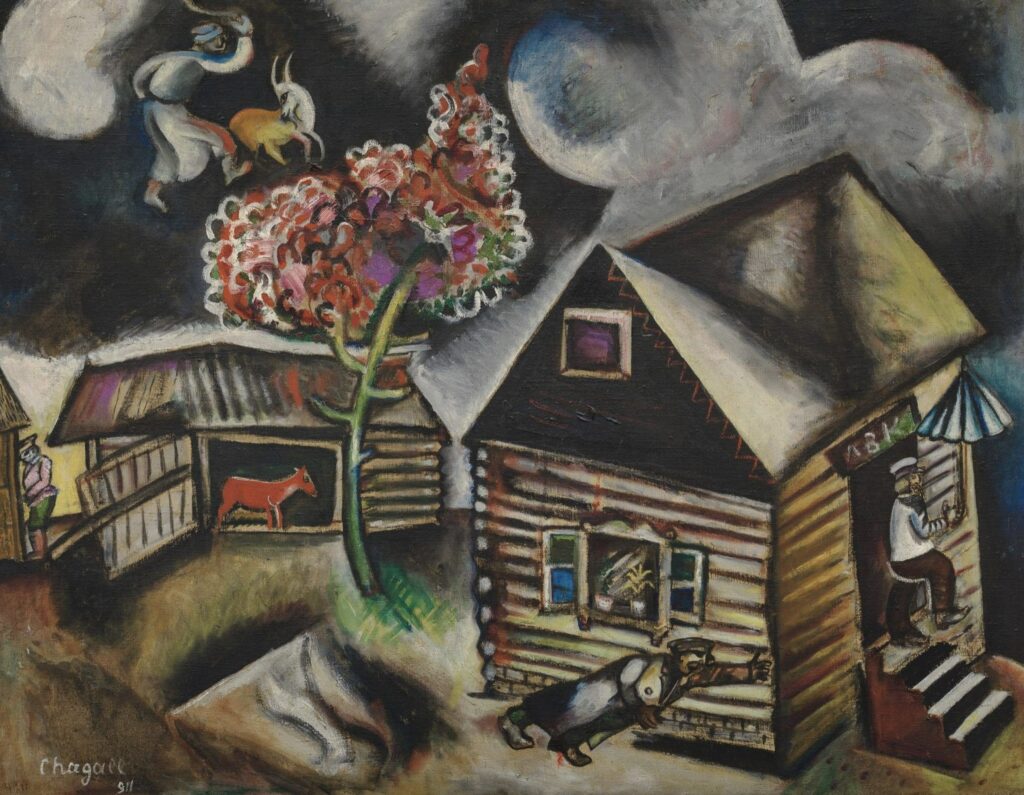
The use of colour
One of the most interesting elements of Chagall’s work is definitely the use of color.
The colors are intense and contrasting and create a sensation of movement and vitality. The deep black sky blends with the dark colors of the houses and the red of the tree that stands out in the foreground, creating a feeling of harmony and unity.
Furthermore, “The Rain” is full of symbolic details. For example, the human figures themselves, painted in a distorted and elongated way, symbolize their spirituality and their connection with the divine.
The Rain, symbolist work
Furthermore, the presence of flying figures and fantastic animals adds another layer of mystery and symbolism to the work.
“The Rain” is an important artwork in Chagall’s career, as it shows his interest in imagination and symbolism. The artwork inspired many later artists, including the Surrealists, who appreciated his ability to create a dreamy, alternate reality.
“The Rain” by Marc Chagall is undoubtedly an important work in the history of art, thanks to its surreal and symbolic representation, the use of color and the symbolic details that make the work unique and fascinating.
“The Rain” is still today one of the most admired and studied works of Chagall’s career.

